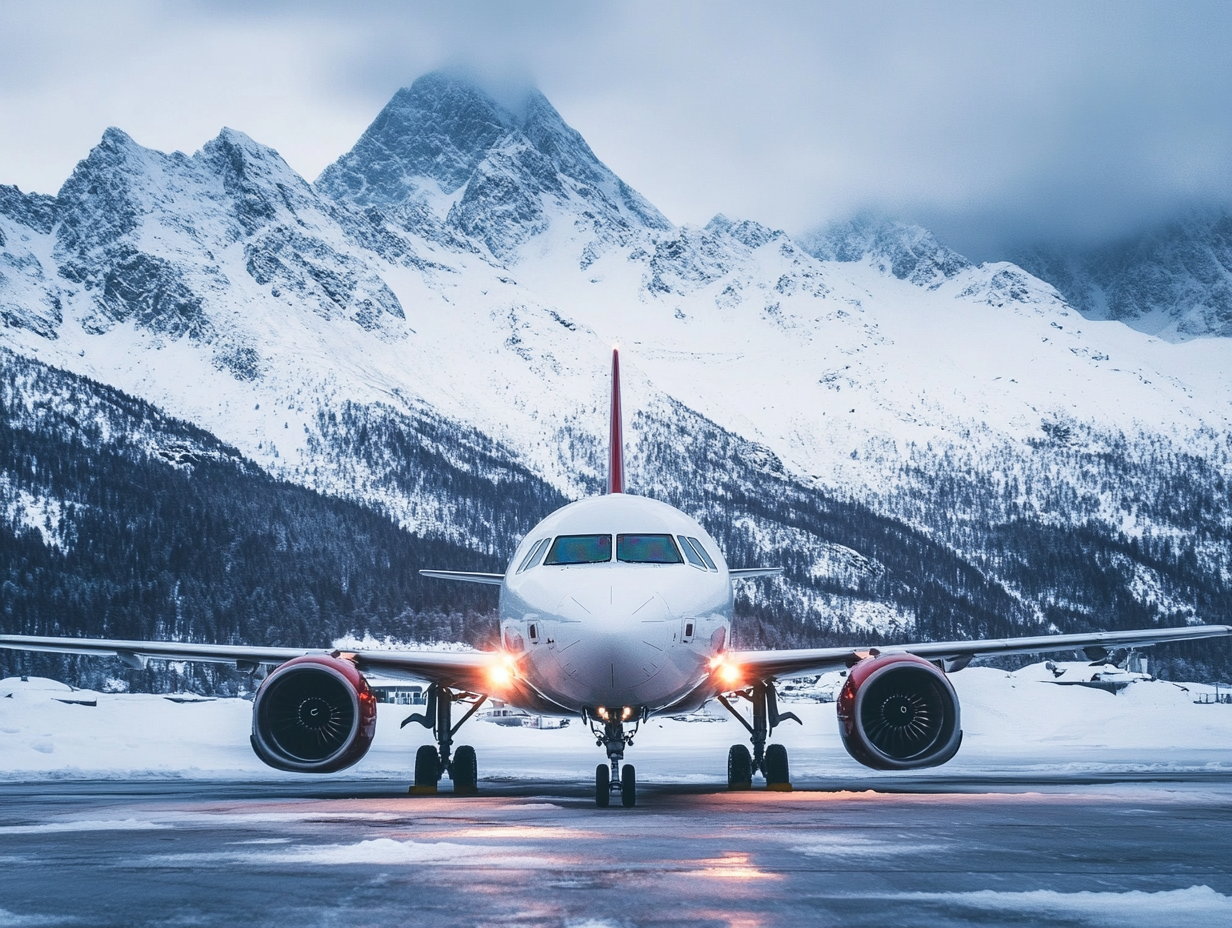As winter’s chill sets in, the world is bathed in a serene blanket of snow and transforms the landscape into a beautiful winter wonderland. However, this picturesque scenery comes with the challenge of driving in hazardous snow conditions. Driving in the snow can be challenging, even for the most seasoned drivers. It requires specific techniques and careful attention to ensure a safe journey for you and others. Whether you’re a seasoned winter driver or venturing into the snow for the first time, here are the essential tips to know to help you stay safe.
Check road conditions: Check for the latest updates on road conditions and take the safest route. Drive in daylight hours to see better while snow is less likely to be on the road.
Pack an emergency kit: Prepare a winter emergency kit for your vehicle, including a flashlight, blankets, warm clothing, non-perishable food, water, a first aid kit, and other things. Also, carry a fully charged mobile phone to call for assistance if stranded in the snow.
Check the weather forecast: Ensure you are aware of the weather conditions and snowfall predictions. The weather can be unpredictable sometimes; however, checking the latest forecast can go a long way in keeping you safe. Keep an eye on weather updates throughout your journey.
Vehicle maintenance: Ensure your vehicle is winter-ready. Check the tyre, oil, headlights, rear lights, brakes and battery. Besides these, add antifreeze to prevent the car’s coolant from freezing.
Drive slow: When driving in snowy conditions, drive slower and smoother to maintain control. Leave a 4-second gap between your car and the vehicle in front and brake gently. Be cautious on bridges and shaded areas as they are more likely to be icy. Avoid sudden turns or braking, as this can lead to loss of control.
Lane driving is safe: When driving in snowy or icy conditions, stick to a single lane to ensure safety. Avoid sudden lane changes, as they can startle other drivers and lead to collisions. Refrain from aggressive acceleration to prevent unexpected accidents.
Inform others: Let someone know about your travel plans, including your route and expected return time. Stay informed about the route you will be taking and any potential hazards.
Avoid unnecessary travel: To stay safe while driving in snow, avoid unnecessary travel during severe weather conditions. Postpone your trip if possible, prioritising your safety and the safety of others on the road. Check weather forecasts before heading out to plan accordingly.



